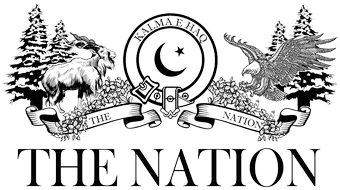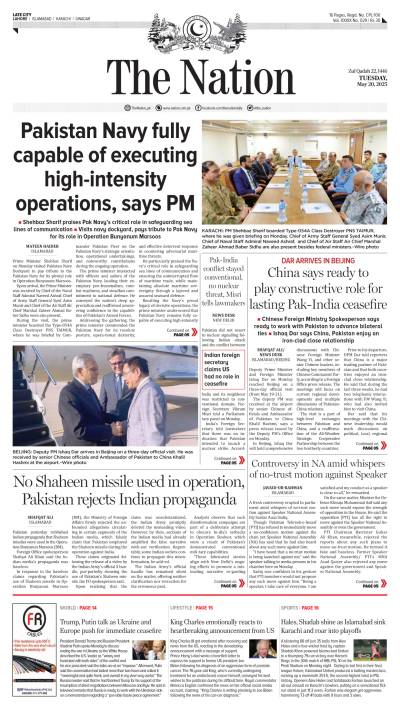In the year 2000, education ministers, civil society stakeholders from 164 countries, along with senior representatives of international donor agencies, met in Dakar, Senegal, and committed themselves to achieve the six goals of Education For All (EFA). These are:
Expand early childhood care and education.
Provide free and compulsory primary education for all.
Promote learning and life skills for young people and adults.
Increase adult literacy by 50 percent.
Achieve gender parity and equality.
Improve the quality of education.
All the countries have prepared their national plans of action to achieve these goals. An international team of experts was setup by UNESCO to monitor the progress made by the committed countries.
Let’s take a look at a summary of highlights of the 2012 Global Monitoring Report (GMR), which this year focused on “Youth and skills: Putting education to work”:
Goal 1: Improvements in early childhood care and education have been too slow. In 2010, around 28 percent of children under five suffered from stunting and less than half the world’s children received pre-primary education.
Goal 2: Progress towards universal primary education is stalling. The global number of out-of-school children stagnated at 61 million in 2010. Of 100 children out of school, 47 are never expected to enter it at all.
Goal 3: Many young people lack foundation skills. In 123 low and lower middle income countries, around 200 million of 15 to 24 years old have not even completed primary school, equivalent to one in five young people.
Goal 4: Adult literacy remains an elusive goal. The number of illiterate adults has dropped by just 12 percent between 1990 and 2010; around 775 million adults were illiterate, two thirds of them girls and women.
Goal 5: Gender disparities take a variety of forms. In 2010, there were 17 countries with fewer than nine girls for every 10 boys in primary school.
Goal 6: Global inequality in learning outcomes remains stark. As many as 250 million children could be failing to read or write by the time they reach grade 4.
The report has identified 10 important steps to be tailored to various countries’ needs and priorities. These are:
Provide second-chance education for those with low or no foundation (literacy and numeracy) skills. Make it a policy priority and allocate adequate funds for this purpose.
Tackle the barriers that limit access to lower secondary school. Provide free education and ensure access for achieving universal lower secondary education by the year 2030.
Make upper secondary education more accessible to the disadvantaged and improve its relevance to work. Its curriculum should focus on capacity to solve problems and a balance of vocational and general subjects, including ICT.
Give poor urban youth access to skills training for better jobs. Enhance standards and value of apprenticeships and provide young people access to funds to start their own businesses.
Devise policies and programmes for youth in deprived rural areas by training them in agricultural techniques to meet the local needs of farmers as also training in entrepreneurial and financial management for off-farm initiatives.
Link skills training with social protection (microfinancing and productive assets transfer).
Prioritise the training needs of disadvantaged young women by providing microfinance, livelihood assets and stipends.
Harness the potential of technology to enhance opportunities for young people.
Improve planning by strengthening data collection and coordination of skills programmes. The governments need to work more closely with business and trade unions to improve the relevance of skills training.
Mobilise additional funding from diverse sources dedicated to the training needs of disadvantaged youth. The governments, aid donors and the private sector, along with trade unions, enterprises and youth groups, should cooperate to raise funds.
How has Pakistan fared in meeting the Dakar goals? The report paints a dismal picture.
Pakistan has some of the worst education indicators, globally.
According to Pauline Rose, Director of the GMR, the country has the second highest number of out-of-school children in the world - over five million - and the second highest number of girls out of school: “The barriers to education faced by Pakistani girls like Malala are stark in comparison with the rest of South Asia. The poorest girls in Pakistan are twice as likely to be out of school as the poorest girls in India, almost three times as likely as the poorest girls in Nepal and at least six times as likely as the poorest girls in Bangladesh. Even in the wealthier province of the Punjab, more than half of poorest girls have never been to school. These comparisons show that inequalities are far wider in Pakistan compared with other countries in South Asia.
“Conflict in parts of the country is certainly holding back progress in education. But it is not the only reason. Pakistan is one of the few countries that have reduced spending on education, falling from an already low of 2.6 percent of GNP in 1999 to only 2.3 percent in 2010.” Pauline strongly recommends that Pakistan must show greater commitment by increasing its spending on education.
Again, Pakistan is one of the very few countries where the number of illiterates keeps rising. According to GMR, more than one and a half million people would have been added to the huge pool of about 50 million illiterates in the country by the year 2015.
After the (unfortunate) abolition of the Ministry of Education with the 18th Amendment of the Constitution, there is no EFA planning and monitoring agency in the country. The entity left in Islamabad is only for the federal territories. The National Commission for Human Development, too, has barely survived and is struggling to develop a respectable programme. It is, indeed, tragic to find that presently there is hardly any worthwhile literacy programme being launched in the provinces of Balochistan, Sindh and Khyber Pakhtunkhwa.
Punjab, which had blazed a promising trail by setting up a full-fledged literacy department, has suffered a decline. Its budget has been reduced. And its adult literacy programme has been drastically cut down. What is worse is that the post of EDOs Literacy in the districts has been abolished and the manifestly inadequate staff placed under the EDOs Education (who are already overburdened, and lack orientation and interest in non-formal education).
It is time that the dynamic Chief Minister of Punjab turns his attention to the present most unsatisfactory literacy programme and accelerates efforts to catch up with the fast moving world. Less than 1,000 adult literacy centres are proposed to be setup this financial year, as against the required 20,000 or so. Can Punjab afford to have, in this day and age, 35 million illiterates, who cannot read the number of a bus or the calendar?
With the present state of affairs no wonder that Pakistan will fail to achieve even one of the six EFA goals by the year 2015.
The writer is an ex-federal secretary
and ambassador, and political and international relations analyst.
Email: pacade@brain.net.pk
Wednesday, May 21, 2025
Pakistan and EFA global report
The writer is an ex-federal secretary and ambassador, and political and international relations analyst
5:43 PM | May 20, 2025
PMD warns of severe heatwave, temperatures to stay above normal
11:01 AM | May 21, 2025
Pakistan ‘reports’ two more polio cases
11:01 AM | May 21, 2025
Six killed, 38 injured as school bus targeted in Khuzdar blast
10:58 AM | May 21, 2025
General Syed Asim Munir promoted to Field Marshal
May 21, 2025
-
Lahore emerges among safest global cities in Numbeo 2025 index
-
Lahore emerges among safest global cities in Numbeo 2025 index
-
India’s suspension of Indus Water Treaty legally baseless
-
Seventh polio case reported in Pakistan amid nationwide vaccination drive
-
Pakistan reports sixth polio case of 2025
-
PTA begins issuing VPN licences to regulate usage
The Wider War
May 20, 2025
Margalla on Fire
May 20, 2025
Defeated and Depressed
May 20, 2025
Regional Reset
May 19, 2025
Peak Potential
May 19, 2025
Golf or Water
May 21, 2025
Performing CPR
May 21, 2025
Lack of Sign Language Teaching
May 21, 2025
State of War & Public Awareness
May 21, 2025
Indian Attack
May 21, 2025
ePaper - Nawaiwaqt
Nawaiwaqt Group | Copyright © 2025





